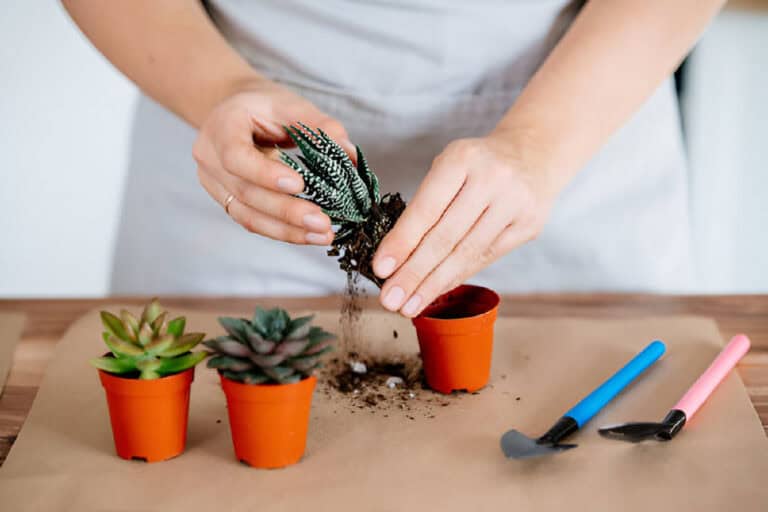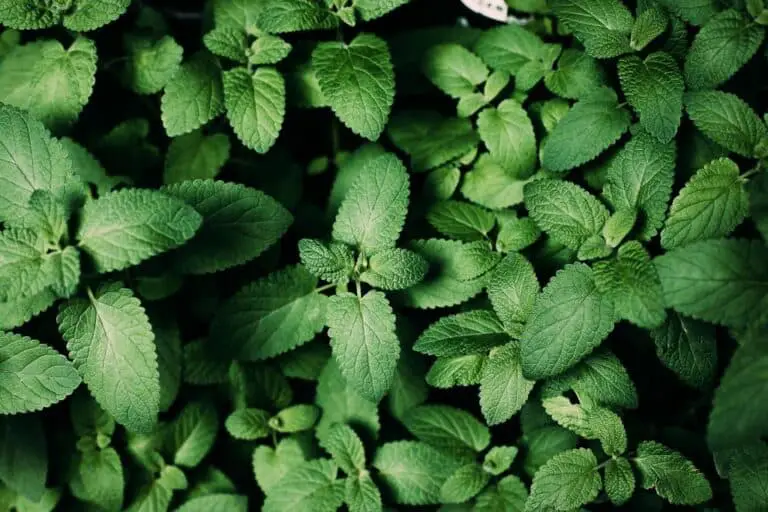Why Is My Magnolia Losing Leaves? (And How to Treat Them)

Magnolias are prized for their elegant blooms and lush foliage, making them a standout in any garden. However, when a magnolia tree starts shedding its leaves unexpectedly, it can be worrisome.
Many factors cause magnolias to lose leaves. These range from stress to pests and diseases. Understanding these causes and knowing how to address them is crucial to restoring your magnolia’s health and beauty.
In this article, we’ll explore why magnolia trees may lose their leaves. We’ll also give you effective treatments to help them recover.
Is It Normal for Magnolia to Lose Leaves During Certain Seasons?

Magnolia trees, like many other trees, have their own unique growth and shedding cycles. It is completely normal for deciduous magnolias to lose their leaves during the fall and winter months.
This shedding is part of their natural life cycle as they prepare for the colder seasons. The leaves will typically turn yellow or brown before falling off, making way for new growth in the spring. Evergreen magnolias keep most of their leaves all year. But, they may still shed some old leaves.
Understanding the type of magnolia you have is essential in determining whether leaf loss is normal. For example, if your magnolia is an evergreen variety, such as the Southern magnolia, and you notice it losing a significant number of leaves in the summer or fall, this could indicate an issue. It’s important to monitor the pattern and volume of leaf drop to assess the tree’s health accurately.
Why Is My Magnolia Losing Leaves? (And How to Treat Them)
1. Environmental Factors
1. Temperature Fluctuations: Temperature changes harm magnolias. They are sensitive to sudden frost or extreme heat. These fluctuations can stress the tree, causing it to drop leaves prematurely.
Solution: Plant magnolias in locations protected from harsh winds and extreme temperatures. Consider using frost cloth during cold snaps to shield the tree. Mulch around the base to regulate soil temperature and retain moisture.
2. Watering Issues: Inconsistent watering, either too much or too little, can lead to stress in magnolia trees, resulting in leaf yellowing and dropping.
Solution: Water deeply and regularly, especially during dry periods. Ensure proper drainage to prevent waterlogging, which can lead to root rot. Mulching helps maintain soil moisture and temperature stability.
2. Pest and Disease Issues
1. Magnolia Scale: Scale insects can infest magnolia trees, feeding on sap and weakening the plant. This infestation can cause leaves to turn yellow and drop prematurely.
Solution: Prune affected branches and apply horticultural oil to suffocate scale insects. Monitor regularly, and treat with insecticidal soap if necessary. Improve tree vigor through proper care to resist scale attacks.
2. Fungal Diseases: Diseases like powdery mildew and leaf spot can affect magnolia leaves. They cause the leaves to get spots, curl, and then drop off.
Solution: Choose disease-resistant magnolia varieties. Ensure good air circulation around the tree by pruning and spacing it properly. Apply fungicides preventatively or as soon as symptoms appear.
3. Nutritional Imbalance
1. Nutrient Deficiencies: Magnolias require adequate nutrients, particularly nitrogen, to maintain healthy foliage. Deficiencies can result in yellowing leaves and leaf drops.
Solution: Test the soil to determine nutrient levels. Amend with a balanced fertilizer formulated for acid-loving plants in early spring. Avoid excessive fertilization, which can lead to nutrient imbalances.
| Read: Why Is My Okra Losing Leaves? (And How to Fix Them) |
Common Problems Table
| Cause | Symptoms | Solution |
| Temperature Fluctuations | Leaf yellowing and drop, stress | Plant in protected locations, use frost cloth, mulch to regulate temperature. |
| Watering Issues | Leaf yellowing, wilting, premature leaf drop | Water deeply and regularly, ensure proper drainage and mulching. |
| Magnolia Scale | Yellowing leaves, sticky residue on leaves | Prune affected branches, apply horticultural oil or insecticidal soap. |
| Fungal Diseases | Spots on leaves, leaf curling, premature leaf drop | Choose resistant varieties, improve air circulation, apply fungicides. |
| Nutrient Deficiencies | Yellowing leaves, poor growth | Test soil, amend with balanced fertilizer for acid-loving plants. |
How Can I Tell if My Magnolia Tree Is Healthy Despite Losing Leaves?
To determine if your magnolia tree is healthy despite losing leaves, follow these steps:
- Check for New Growth: If new leaves are growing in to replace the old ones, it indicates that the tree is still healthy and actively growing. This is a natural part of the magnolia’s growth cycle, as older leaves turn yellow and fall off to make way for new growth.
- Evaluate Soil Conditions: Ensure that the soil pH is suitable for magnolias. They prefer neutral to slightly acidic conditions. If the soil is alkaline, consider transplanting the tree to a more suitable location or applying a soil amendment to lower the pH.
- Assess Irrigation: Check if the tree is receiving adequate water. Magnolias can suffer from drought stress if the soil is too dry, leading to yellowing leaves. On the other hand, excessive water or poor drainage can also cause yellowing leaves due to root rot.
- Inspect for Fungal Infections: Look for signs of fungal infections like powdery mildew, leaf spots, or canker. These can cause yellowing leaves and other symptoms. Consult a certified arborist to diagnose and treat any fungal infections.
- Monitor for Nutrient Deficiencies: Test the soil thoroughly to find any deficiencies. Magnolias may require specific nutrients like iron, which can cause yellowing leaves if lacking. Apply a fertilizer that addresses the identified deficiencies.
- Consult a Certified Arborist: If you are unsure about your magnolia tree’s health or if the leaf loss continues, consult a certified arborist. They can assess the tree and give personalized guidance on how to fix any issues.
Follow these steps. You can tell if your magnolia tree is healthy despite losing leaves. Then, you can take steps to keep it healthy and looking good.
Conclusion
Diagnosing and addressing leaf loss in your magnolia tree promptly is essential for maintaining its health and beauty. You can help your magnolia thrive. Do this by understanding and reducing environmental stressors. Also, manage pests and diseases and ensure proper nutrition.
Regular monitoring and proactive care are key to keeping your magnolia tree healthy. They ensure it keeps gracing your landscape with its blooms and foliage for years.






